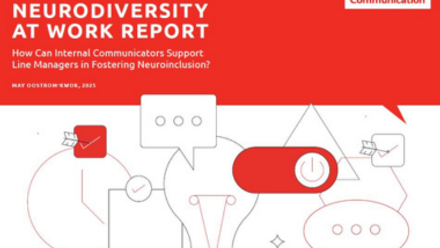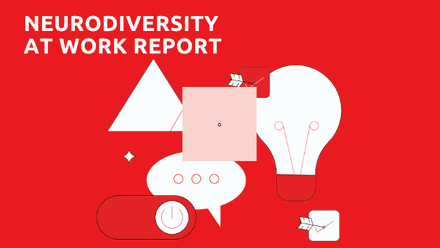After all, every enterprise depends upon task specialisation, the segmenting of employees based on their unique and specific job roles and duties. While this segmentation can help support workflow efficiency and employee performance overall, it can also have the opposite effect when it comes to communication. Information silos can easily develop, leading to employee errors, loss of efficiency and productivity, and a consequent increase in operating costs.

The good news, however, is that it's possible to overcome these internal communications challenges. It simply requires a bit of strategy. This article explores the most effective techniques for restructuring your company's communication processes to support collaboration and optimise performance.
Prioritising Inter-Departmental CommunicationAs has been shown, one of the greatest risks to effective internal communications in the workplace is the creation of information silos. Because each department and every job function within an organisation, no matter how complex, brings with it a unique set of needs, goals, and processes, it can be difficult for information to circulate beyond the narrow parameters of the department or division.
This means that communications professionals must be proactive in breaking down the communication barriers that may exist between departments. Information-sharing must, to the greatest degree possible, be organisation-wide in order to support transparency, interconnectedness, and trust within and between departments.
Leadership will play a particularly vital role in this, establishing processes within their department for transmitting and receiving information to and from other divisions. Such processes, indeed, should be codified by department heads, ideally in collaboration with internal communications leaders.
This effort to codify inter-departmental communications processes might include schematics outlining how information should flow throughout the organisation. A central facet of this would include identifying and documenting reporting requirements, outlining who is to report to whom within and across departments, how, exactly, the reporting is to be done (i.e. by what channels), and in what specific circumstances.
Unleashing the Power of Unified Communications (UC)
In addition to promoting inter-departmental communications, it is also imperative to unify communications processes. Unified communications (UC) refers to the tools and strategies used to streamline information-sharing institution-wide.
UC is intended, principally, to overcome the inefficiencies that arise when multiple platforms, technologies, and channels are used to communicate within an organisation. These inefficiencies are especially burdensome for companies using hybrid work models or those engaged with a geographically dispersed team of employees, partners, and stakeholders.
A distributed workforce that includes remote workers necessarily involves the deployment of an array of communication and collaboration technologies, such as instant messaging apps or cloud-based document-sharing.
While these tools are vital to maintaining a truly multinational workforce, they can also undermine productivity, efficiency, and collaboration when they are used ineffectively. Simply put, having so much essential information scattered across so many platforms means that something inevitably will be overlooked or misunderstood in the process of getting work done.
Incorporating a single, unified platform for sharing and updating information means that all employees are operating with the same knowledge, and that all know where to look to retrieve the most accurate, comprehensive, and up-to-date information to do their work for the day.
This reduces errors, eliminates redundant or superfluous work, and, above all, supports employee engagement and satisfaction. No worker, after all, wants to feel as if their time is wasted or that they are expected to work with incomplete or inaccurate information. Similarly, no employee wants to waste time tracking down the information they need or trying to confirm the accuracy and timeliness of the information they have.
A unified platform for timely knowledge-sharing means that employees will experience less frustration, fewer work stoppages, and a greater sense of self-efficacy as they perform their work.
This, almost inevitably, also means they will experience a greater level of trust in the organisation and the competence of its leadership insofar as robust, clear, up-to-date, and open communications signals honesty with and goodwill toward the employee. It is a mechanism for unleashing the awesome power of language to cultivate a supportive, empowering, and highly collaborative work environment.
The TakeawayWhether in work or in one's personal life, good communication lies at the heart of a relationship. It is the means through which trust is built, bonds are forged, and progress is made. Internal communications in the workplace, however, may all too often undermine relationships and impede productive collaboration, principally through the creation of information silos. The good news, however, is that these obstacles can be overcome with careful planning. Restructuring your internal communications processes to support inter-departmental and unified communications is essential to driving collaboration, fostering employee engagement, and maximising performance in organisations, whether large or small.






